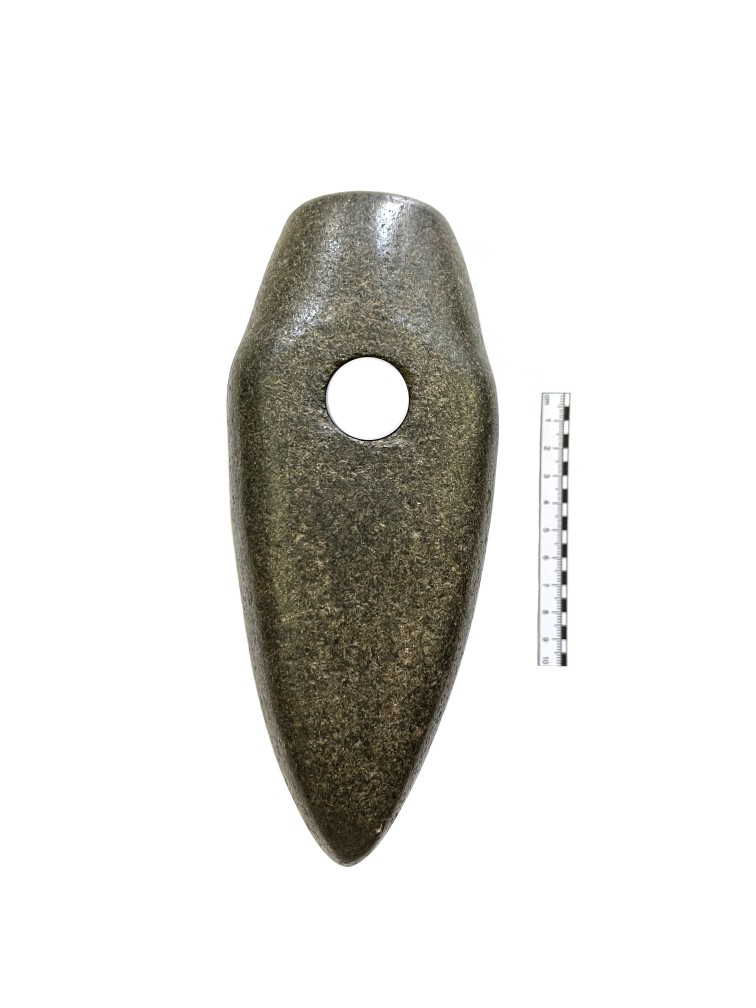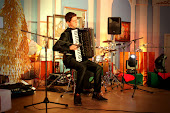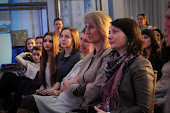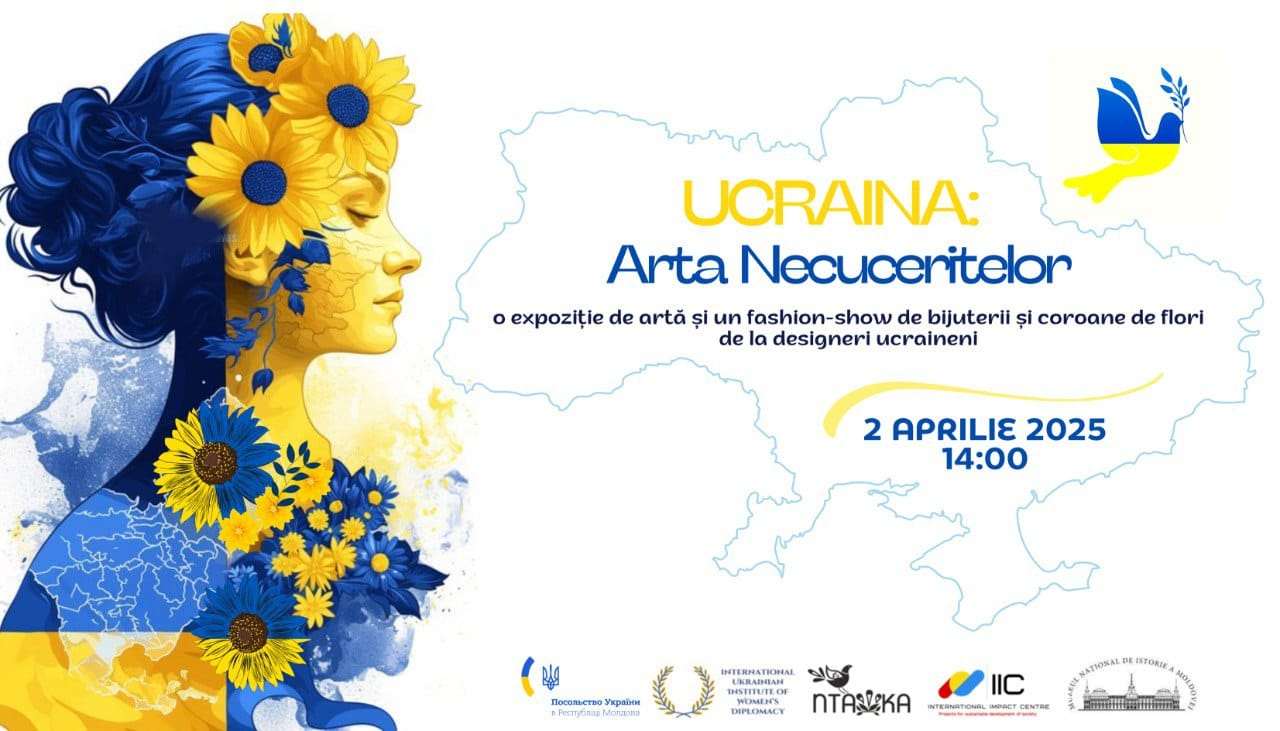  Events Archive Events Archive
The Ball of Christmas Trees
December 11th, 2015
The 5th edition of the Exhibition of Christmas Trees ended with the traditional Ball of Christmas Trees, charitable event signed by KLumea which took place in the evening of December 11th at the National Museum of History of Moldova.
The event, hosted by Nata Albot and actor Emilian Crețu, gathered a large audience, keen to support talented and creative young peopleand engage in charity. The guests spent a wonderful evening and assisted at the designation of winners of the Ball of Christmas Trees, auction of the most creative works participating in the contest, lottery with Christmas gifts, fashion show with velvet dresses created by Oxana Munteanu, suite of carols performed by the group "Sânziene", artistic moment by young accordionist Radu Rățoi and show by pop singer Pasha Parfeni.
10 out of 57 trees made by students of AMTFA and TUM and other plastic artists, exhibited in the museum between 20th November and 10th December, were auctioned at the event. Other five auctioned Christmas trees were the "trees with a story" created by Hospice Angelus, Boarding Girls School from Hâncești, Center for children with autism "Puzzle Kids", National Association "Defeat cystic fibrosis" and Foundation "Good Heart".
The winner of the 5th edition of the Ball of Christmas Trees were designated:
1st Prize - Oxana Turtureanu, student at AMTFA, tree „Dor de dor";
2nd Prize - Andrei Brânza, student at TUM, tree „Ciclice" (Cyclic) and Valentin Bostan, student at AMTFA, tree „Lacrima unui popor" (Teardrop of nation);
3rd Prize - Alexandru Terenti, student at TUM, tree „West wood".
The tree that accumulated most votes from exhibition visitors in the category "Public Sympathy" is entitled „Nemurire" (Immortality) and was created by Ecaterina Căpățină and Vadim Antoni.
The winners received cash prizes, gifts and half of the money that was bid for their trees, the other half going to the project engaged in decoration of children hospitals form Moldova - „Arterapia" managed by KLumea team.
The Ball of Christmas Trees is a project of social creativity, initiated and supported by Nata Albot and Viorica Nagacevschi, founders of Non Governmental Organization KLumea, encouraging young artists to create for charitable aims.
|
 31 August 1989 St., 121 A, MD 2012, Chisinau, Republic of Moldova
31 August 1989 St., 121 A, MD 2012, Chisinau, Republic of Moldova




































































